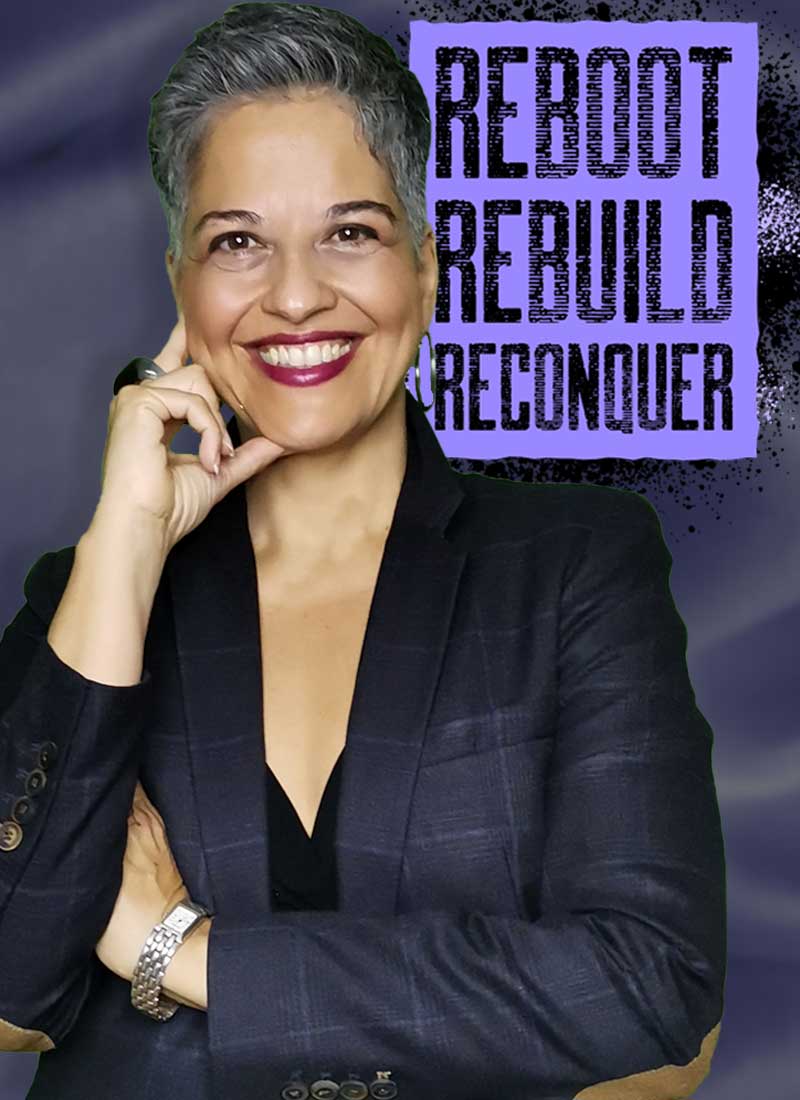Research by Catalyst consistently highlights that stereotyping is the biggest barrier for the progression of women in Corporate World.
I believe the fault lies with our brain. It consists of over 180 billion neurons, each processing information through 15,000 synapses per second. So as to be efficient and save energy, the brain “cheats” and creates shortcuts for processing information. Imagination, and consequently innovation, requires for the brain to break from past experiences, and to experience new visual stimuli as well as be forced to think in a different way. Neural cheating, also called Predictive Coding is what leads us to make quick assumptions about others, and is the basis of stereotyping. This is where I believe the crux to overcoming barriers to gender stereotyping in business lies.
From a scientific perspective, the brain structures of men and women are different in a number of ways. Women, in general, tend to have mental preferences that utilise the right brain, and men the left. As a result, we see some of the typical “masculine” behaviours and values around hierarchy, rationality, logic which pre-dominate the world of business with typical “feminine” values of flat structures, community support and inter-personal management lagging behind.
Crucially, experiments in innovation undertaken both by MIT and London Business School, have identified that teams with equal representation of both genders are more likely to create innovative solutions for specific business issues, reflecting the importance (and complimentarity) of this heterogeneity.
Research in the University of Columbia has taken this one step further. Individuals who were able to positively re-affirm their multi-culturality (an African American in the US, or a woman in a male-dominated Engineering environment), and had higher levels of “identity integration” (they are comfortable in integrating their multiple social identities), displayed higher levels of creativity when problems require that they draw on their different realms of knowledge.
This is where tapping into our mental flexibility is important in overcoming gender stereotyping for the benefit for greater innovation and ultimately business performance. We need to encourage neurogenesis, the creation of new synaptic connections through experience. So, if you want your organisation to leverage the best of your people for enhanced productivity and sales generation, whilst at the same time address the diversity agenda, consider:
Your Organisation’s Mental Map
What is the overriding mental structure of the organisation? Like people, the way we do things is dictated by our wiring. So, an organisation or department is likely to have its own “mental map”. We work with Whole Brain TechnologyTM because it is a validated and highly reliable tool for organisational development. Is your culture, and thus the expected over-arching behaviour, focused on metrics and numbers – are sales, closing quarters, revenue and profit margins the key drivers in your business? Do you see some “blind-spots” in the way the business is run such as in the failure of recognising and appreciating differences? Perhaps even dealing with employee feelings/concerns and engagement are low on the priority list because they are not perceived to contribute to the bottom line? This focus is typical of an organisation driven by the rational, logical and highly analytical A-quadrant, the part of the brain that finds meaning in situations upon sequential analysis of rational facts.
Are there differences in Mental Preferences?
Are there group average mental preferences that may differ to the norm of the organisation? Over 1million men and women that have used the Whole Brain Technology tool, women, on average, have a greater preference for the lower-right quadrant, the parts of the limbic brain that encompass Expressive and Emotional processing. Men, on the other hand, veer towards the model above, focusing on rationality and logic. So, in a number of organisations that we have worked in, we have seen this dichotomy between the genders. This is why Women’s Networks or Affinity Groups exist – they represent the spaces for this expressiveness and inter-personal rapport-building to take place.
What are the implications of these differences?
If you were in a foreign country, say in China, and were from the UK, you would no doubt pick up how behaviourally different Chinese were to you and the values that guide them. It is the same for women in a very male-dominated organisation. Whilst women’s networks provide a channel for this cross-cultural education for women to learn how the mental preferences, and thus, behaviours play out in a male-dominant organisation (through skills building seminars), this is very much still one-way….
There are always exceptions to the rule….
Whilst the mental preferences highlighted above are based on the law of averages, there are, as always, exceptions to the rule. How is your business tapping into those exceptions? Just because you are a woman does not immediately imply that you have the average mental preferences mentioned above; and vice -versa; we have worked with men whose strongest preference where the primarily right brained, with a strong sense of intuition.
Celebrate Individuality
We have created our Individual Leadership model precisely to enable the appreciation individual mental preferences and differences in the way values and beliefs manifest themselves. From an individual and organisational perspective, it is critical to set up processes and ways to remind ourselves when we are letting our brain cheat, and confirming stereotypes.
I believe our focus needs to lie on offering experiences within business to break stereotypes, particularly to “educate” BOTH genders. However, it is uncomfortable to have to remind ourselves that we have blind spots and that we need to find ways to overcome them. The power of neurogenesis, creating new mental paths for our brain to process information in areas that are not our individual or organisational strength is not easy. It requires commitment from the business as well as tolerance for doing things in a way that has not been done before.
The model and details of my approach will be the subject of a future blog.
